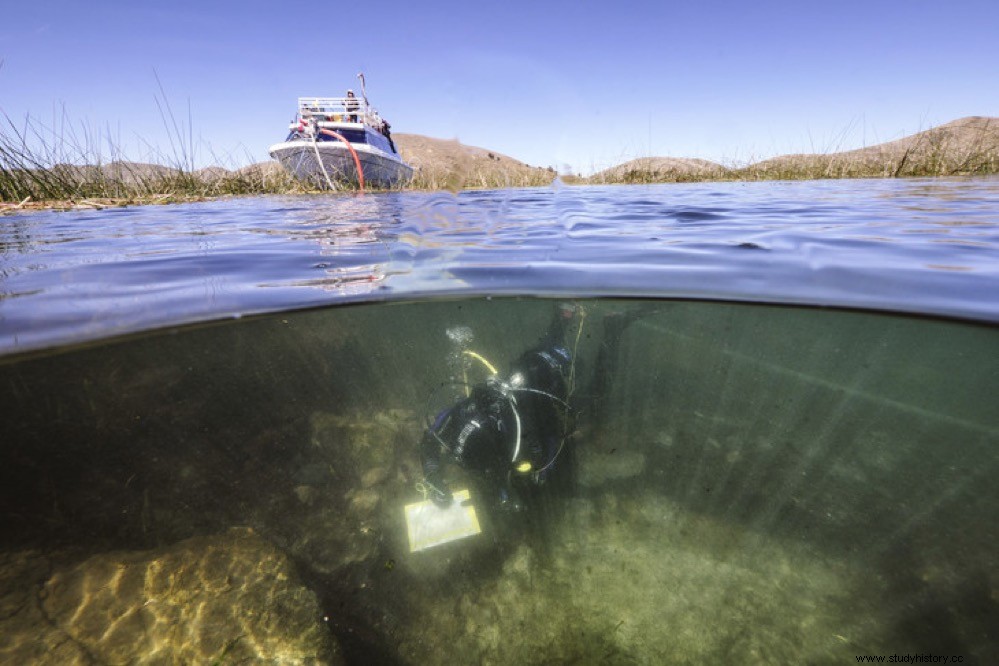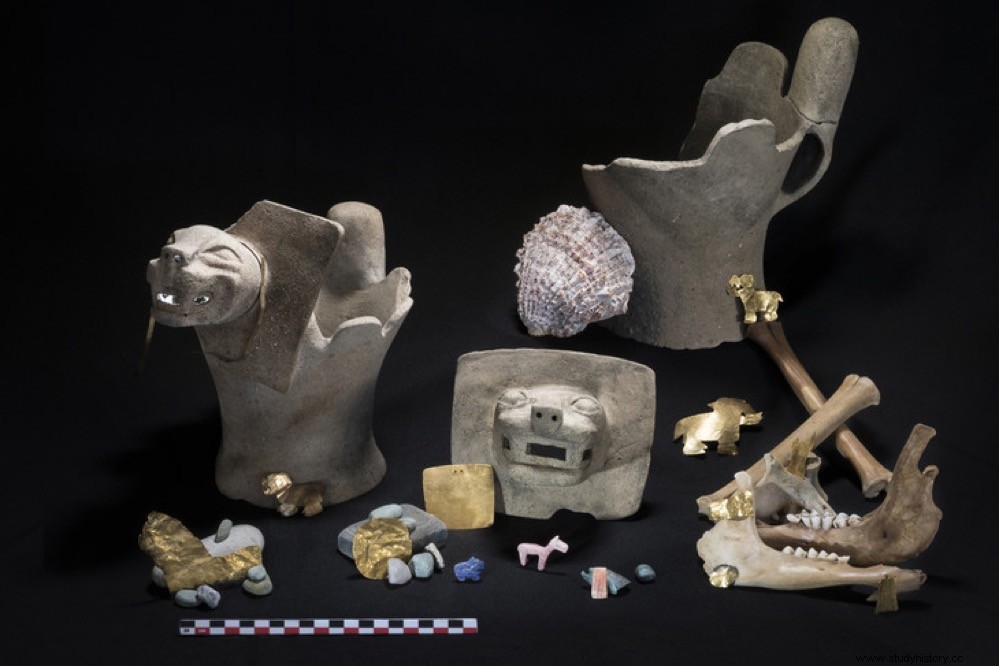About 500 years before the Inca civilization, a group of people made ritual offerings to supernatural deities near the Isla del Sol on Bolivia's Lake Titicaca, according to findings by a team of researchers.
These findings suggest that organized religion emerged in the region much earlier than previously thought.
According to José Capriles, an anthropology professor at Penn State University, people often associate Isla del Sol with the Incas because it was an important pilgrimage site for them, and because they left numerous ceremonial buildings and offerings in the surroundings of the Incas. the island .

The study, published in Proceedings of the National Academy of Sciences , shows that the Tiahuanaco (or Tiwanaku) people, who developed in Lake Titicaca between 500 and 1100 AD, were the first to make valuable offerings to religious deities in the area. The Incas would not arrive in the region until the fifteenth century AD
A team led by Christophe Delaere, from the Oxford University Center for Underwater Archaeology, excavated the Khoa Reef, near Isla del Sol, using sonar and three-dimensional photogrammetry. They used a water dredge to excavate the sediments and found numerous artifacts and offerings consisting of ceramic incense burners, sacrificial llamas, and gold, shell, and stone ornaments.

According to the researchers, the offerings appear to have been intentionally made to be submerged under water. In addition, the presence of anchors next to them suggests that they could have been deposited from boats.
Isla del Sol, due to its location in the center of the Andes, was a strategic place of great ritual importance. According to Capriles the offerings found demonstrate the transition from societies based on local religious systems to something that had a more ambitious geopolitical and spiritual appeal .
In turn, this emergence of organized religion probably led to the consolidation of the human groups that lived around the lake, and to the very emergence of the Tiahuanaco state and its political hierarchy.
